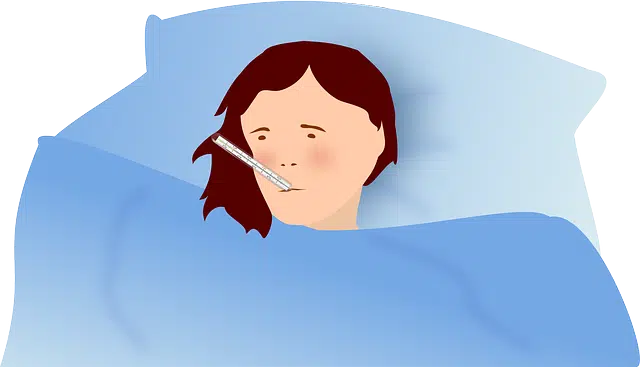
A health disorder is called a condition.
The term affection comes from affectĭo , a word from the Latin language . Its most common use is associated with a disease or health disorder .
For example: “The musician was hospitalized for a lung condition” , “There are chronic conditions that cannot be cured, but they can be treated” , “It is important to know how to act with a person who suffers from a heart condition” .
The condition as a physiological or psychological alteration
A condition, in this sense, is a modification of the physiological or psychological state that is considered normal or healthy in a person. Conditions can be noticed through their symptoms and generally require certain actions for treatment.
Depending on their characteristics, conditions can be classified differently. A kidney condition , to name one possibility, is a disease or problem that affects a kidney. Psychosomatic conditions , on the other hand, are those that have a psychological cause but physical consequences (such as when a subject's blood pressure rises due to stress).

Neonates can suffer from various conditions.
Common disorders in neonates
Throughout the first weeks of a human being's life, there are certain conditions that occur quite frequently, and it is important to know all of them to know when we should worry and call the pediatrician.
Just as it happens when we deal with other species, the fact that babies cannot tell us precisely what is happening to them is usually exasperating. Below are some of them.
Abdominal distension
Although it is normal for a baby's abdomen to have a voluminous appearance, especially after abundant feedings, it should never be hard . Therefore, if we notice this symptom along with swelling, and we see that he does not go out of his body for more than a day or that he vomits more than normal, it is time to ask for professional help. The diagnosis may point to a simple problem of constipation or gas, or point to an intestinal complication.
Birth injuries
Another very common condition in babies has its origin in childbirth itself, especially when it lasts a long time or presents too many complications, something that can also be aggravated if the child is very large. Some of these injuries are mild, and disappear in a short time without leaving traces; However, a broken clavicle can also occur, for example, and in this case it is necessary to go to the doctor.
blue baby syndrome
The feet and hands of newborn babies may show certain slightly bluish areas, and in most cases this does not cause any problems, but may be due to low temperature and disappear as soon as the body warms up. Likewise, when a child cries relentlessly for long periods, his lips, tongue, and part of his face may also take on a bluish hue and return to normal once the crying is over. Concerns should begin when the blue does not subside and is accompanied by difficulties eating or breathing, potential signs of a heart or lung condition.
Other uses of the term condition
Affection can also be the action that generates an effect on something else. In other words: there is something that affects something else. Suppose that the authorities of a city announce that, with the aim of improving road infrastructure, works will be carried out that will require the interruption of vehicular traffic at certain periods. The government reports, in this framework, that the hours of impact on traffic in the central area will be from 6:00 p.m. to 8:00 p.m. for two weeks.
Attachment and inclination towards something are other issues referred to by the concept of affection, according to what is indicated by the dictionary of the Royal Spanish Academy ( RAE ).
